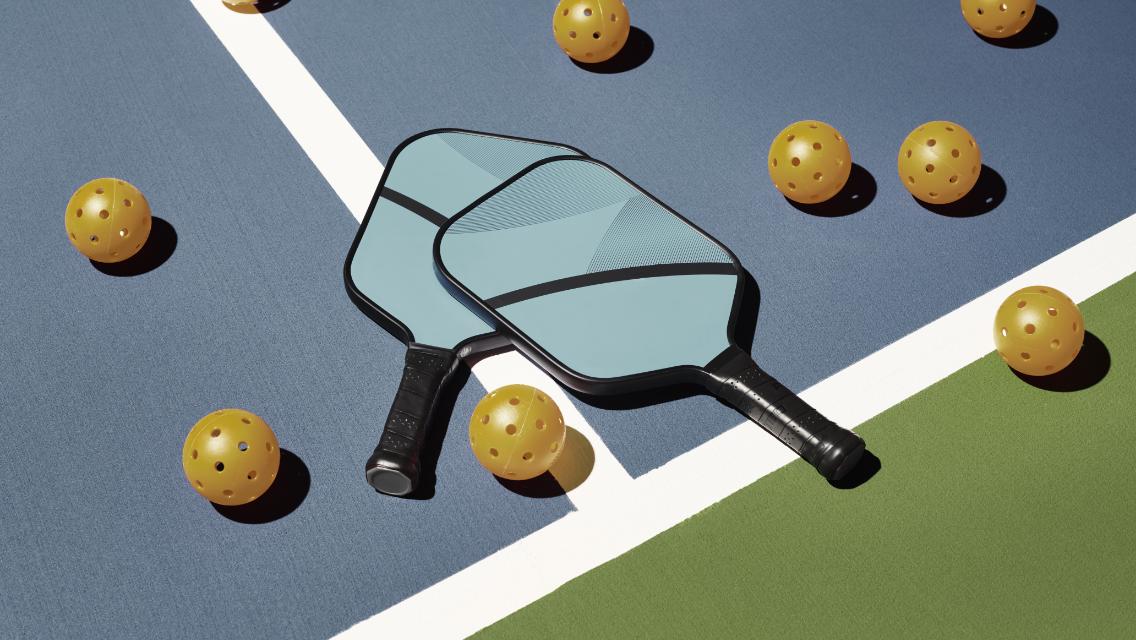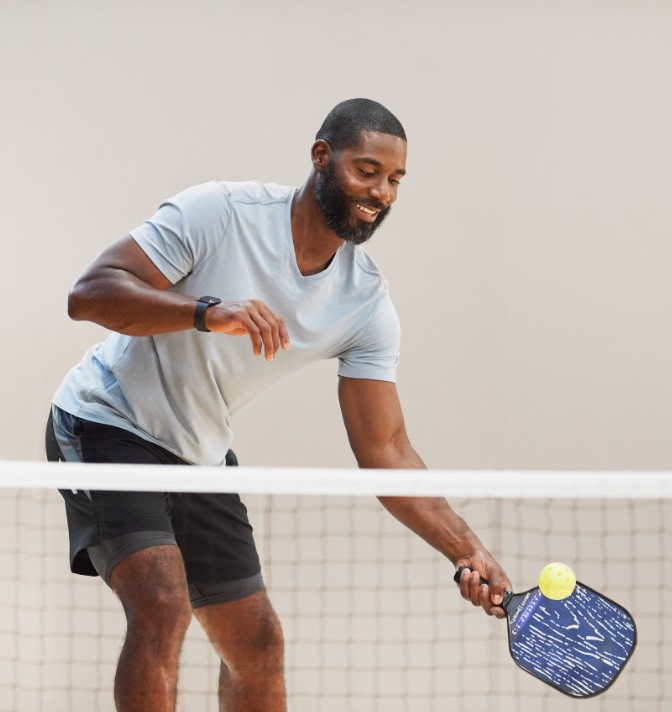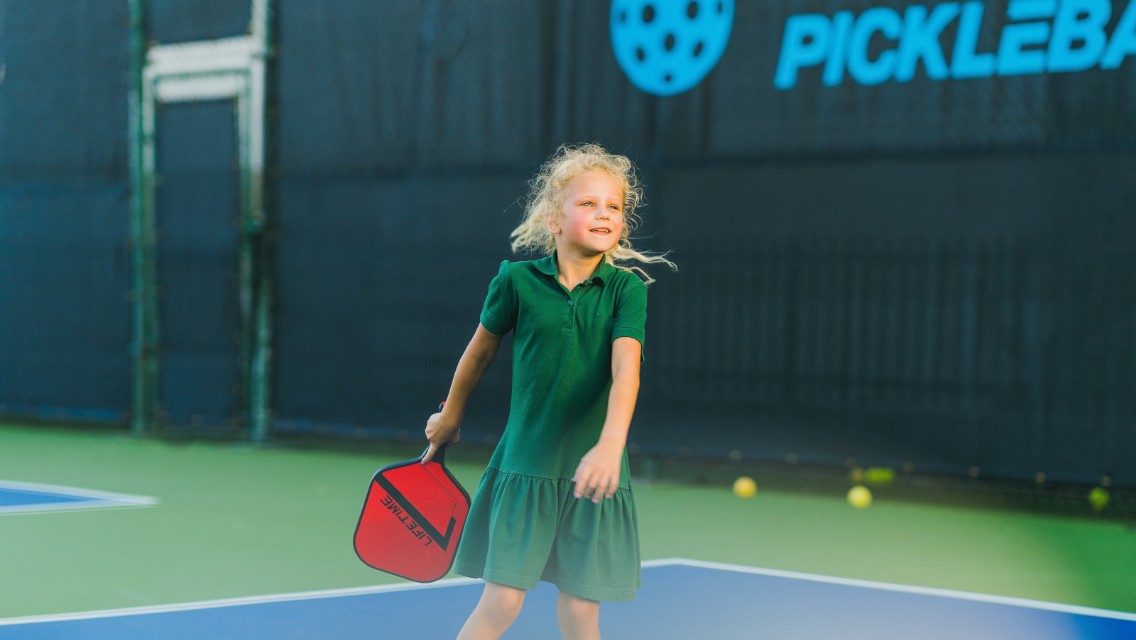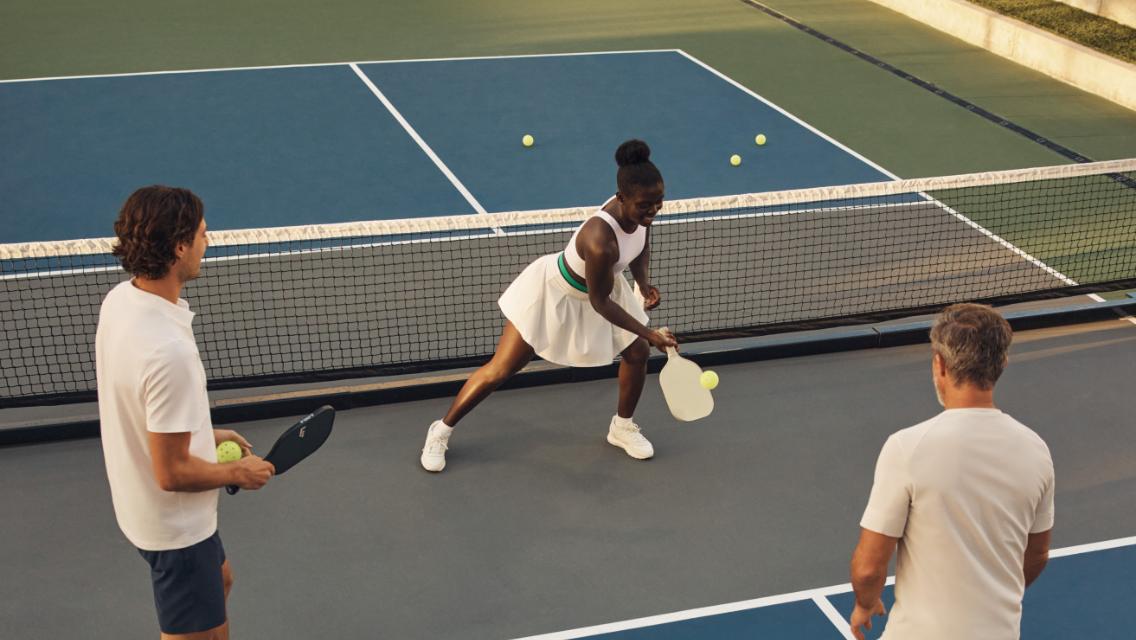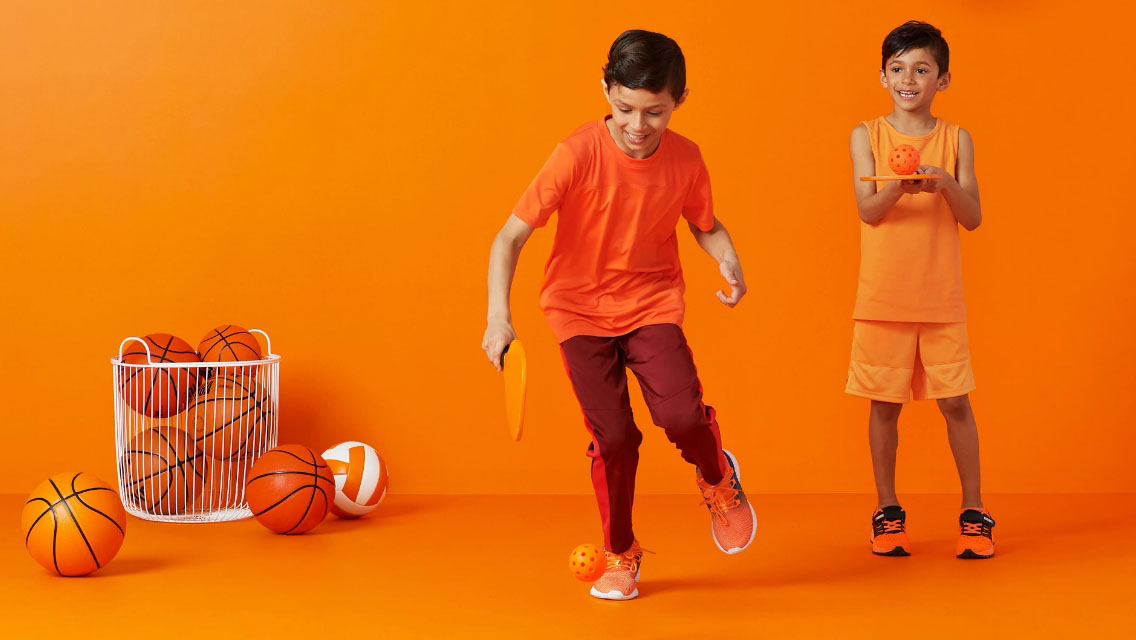Pickleball is for everyone — including the kids! The easy-to-learn nature of the sport makes it simple to pick up at any age, and the benefits to health, fitness, and a sense of community make it an activity people of all ages can enjoy throughout their lives.
At Life Time, more younger members are engaging in the game, and that interest has inspired the Life Time racquet sport experts, in partnership with DUPR (Dynamic Universal Pickleball Rating), to create a new offering: junior pickleball programming. This innovatively designed curriculum — which is a rare offering in the current marketplace — emphasizes learning through the joy of playing, rather than focusing on drills and lessons kids may find “boring” or too intense. (Life Time has adopted DUPR’s official rating system across all Life Time clubs with pickleball.)
Junior pickleball programming is currently being introduced at select Minnesota Life Time club locations. To learn more about the junior pickleball programming and how Life Time is introducing the next generation of players to the fastest-growing sport in the country, we spoke with Ajay Pant, vice president of racquet sports at Life Time and one of the developers of the program.
Life Time Editorial | What is junior pickleball programming at Life Time?
Ajay Pant | Our junior pickleball programming is Life Time’s offering for its Junior Members who are interested in getting involved with or growing their abilities in pickleball. It is a play-based program that emphasizes teaching athletes to take joy in practicing to compete, not in who wins and who loses. We’re focused on developing better athletes, which will translate into better pickleball players.
Some players only take lessons but never compete. And while they may get very good at taking lessons, that doesn’t make for a well-rounded athlete. In our junior pickleball programming, the athlete will practice and compete on a weekly basis — it’s not one or the other.
Children will participate in round-robin games every week, with a focus on reinforcing game-specific skills, and age and life lessons in an emotionally safe learning environment.
Pickleball requires both technical and tactical skills. This programming teaches technique in conjunction with tactics, so kids not only understand how to hit the ball, but importantly why they’re hitting it and where they’re hitting it.
LTE | Who can participate in junior pickleball programming?
AP | Kids ages 4 to 18 years old can sign up for junior pickleball programming; the specific programming is tailored to the age of your child. For example, when working with our youngest members, the focus is more on fundamental athletic skills such as throwing, catching, and running.
Kids who fall into other age categories will still be working on their athletics, but the skills taught and learned are designed to tap into the emotional and physical maturity required for improving in the sport. They’ll work on agility, balance, coordination, and other abilities that are specific to pickleball.
As of now, Junior Members at select Minnesota Life Time club locations are able to participate in junior pickleball programming.
LTE | What’s the advantage of kids learning to play pickleball?
AP | Pickleball is all about having fun, which is an advantage in and of itself, but it also offers more than just happiness and enjoyment. There are life lessons that can be learned by playing this sport as well.
Kids will learn how to make decisions under pressure, to expect the unexpected, and to develop the ability to problem solve. They’ll also practice teamwork, sportsmanship, and perseverance. These skills translate into everyday life, and it’s beneficial for kids to start learning them at a young age.
Further, pickleball keeps kids active and promotes cardio, flexibility, and strength, which is advantageous for kids’ health. It’s also great for socialization and forming friendships.
LTE | What makes Life Time’s programming unique or different?
AP | Life Time has been demonstrating its commitment to the sport of pickleball with its investment in expanding its spaces and programming for pickleball at a rapid pace across its network of athletic country clubs. We strive to create the best facilities for play and to cast the best pickleball experts to support and coach our players.
In terms of offerings for young pickleball players, Life Time is paving the way for the industry. There are not many program offerings available for this age group of players yet. We’re proud of the curriculum we’ve created, knowing we’ve developed it based on evidence, sports science, and extensive expertise, and that we’re delivering it in a way that will engage kids and help develop healthy athletes.
LTE | Where will this programming be offered and how can I sign up?
AP | Life Time junior pickleball programming has started in select Minnesota clubs.
Talk with your local club’s pickleball lead to see if the programming is available at your club and, if so, they can help you get registered for upcoming programming.
